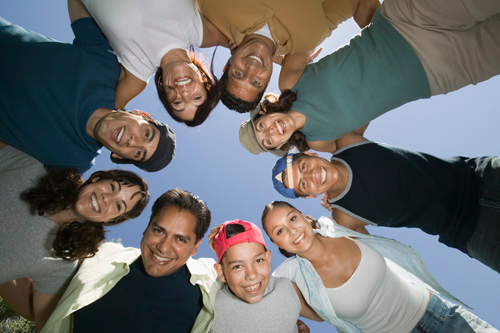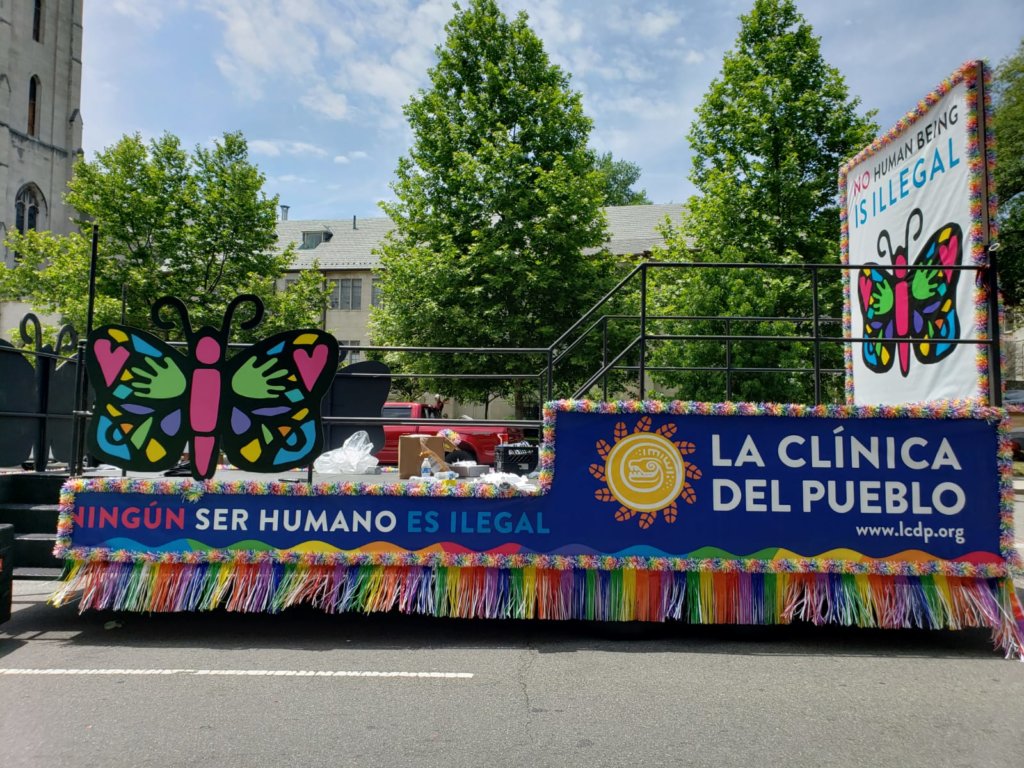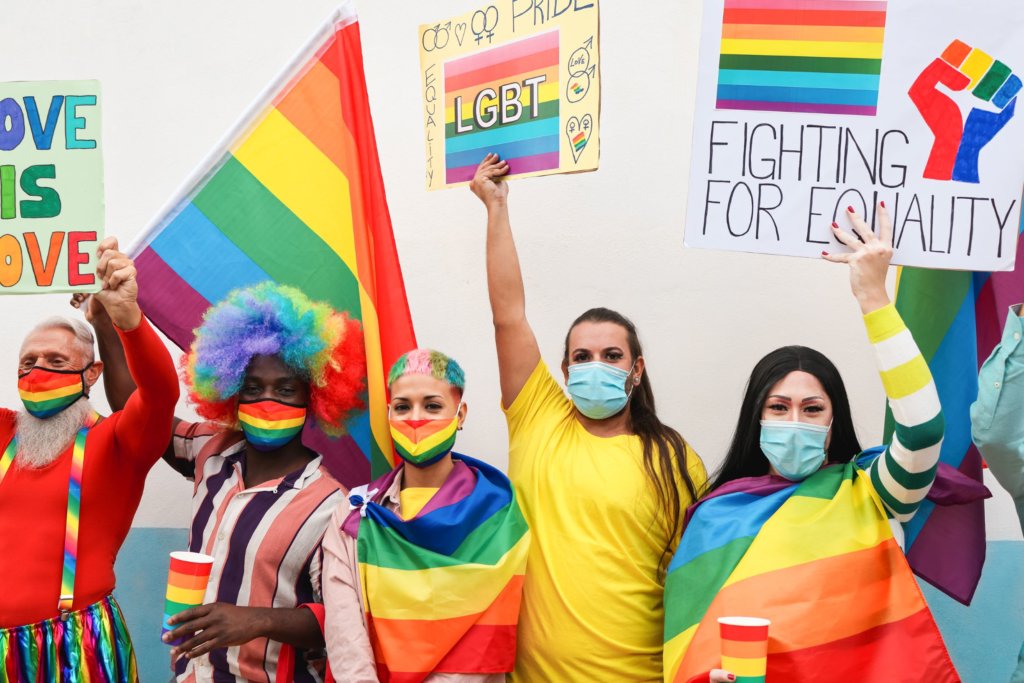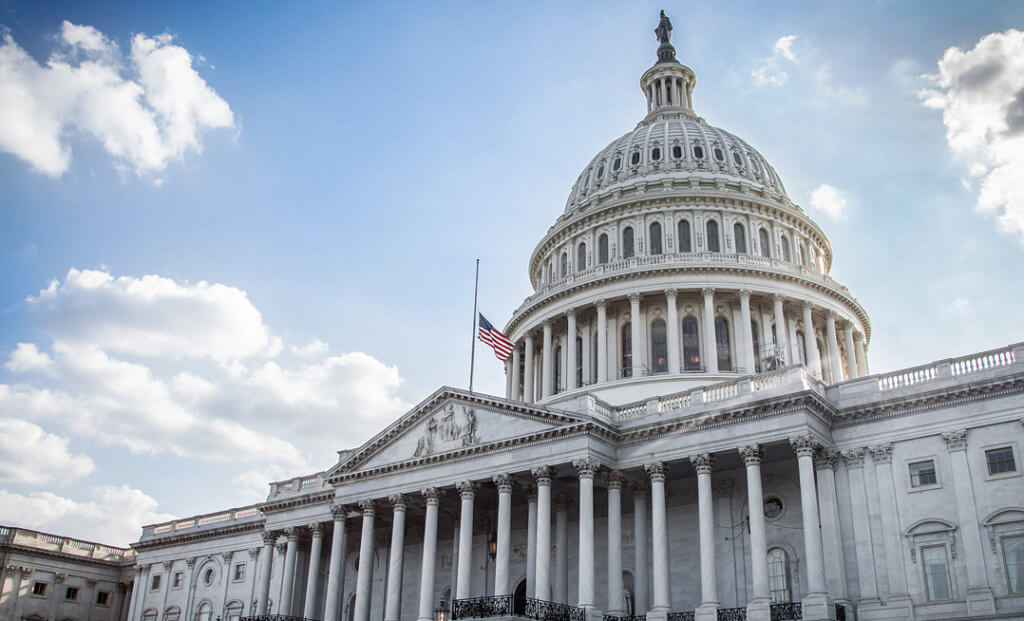Report on LGBT Foster Youth Highlights Disparities in Foster Care System

For too long, lesbian, gay, bisexual, transgender, and questioning (LGBTQ) youth have been largely invisible in the foster care system. We have long suspected that they’re overrepresented and underserved, but until now there were almost no data to work with. But thanks to a recent groundbreaking study about the sexual orientation and gender identity of foster youth in Los Angeles County—home to the nation’s largest population of foster youth—we now know a lot more.
Not only are LGBTQ youth overrepresented in that county’s foster care system (the proportion of LGBTQ youth in foster care is double that of LGBTQ youth not in foster care), but the majority of them are Latino, with many being immigrants or the children of immigrants. The study also identified barriers that LGBTQ foster youth face, shedding light on the need to better understand this demographic in order to improve their mental health and socioeconomic outcomes.
The study, Sexual and Gender Minority Youth in Los Angeles County Foster Care: Assessing Disproportionality and Disparities, co-authored by scholars at the Williams Institute at UCLA Law School and Holarchy Consulting, with partial funding from a federal Permanency Innovations Initiative grant awarded to the Los Angeles LGBT Center, found that 19 percent of Los Angeles County foster youth identify as LGBTQ. Further, their racial and ethnic composition reflects that of Los Angeles County, with 54.6 percent being Latino. Ten percent are born outside the U.S., and about one-third has at least one parent born outside the U.S.
Keep up with the latest from UnidosUS
Sign up for the weekly UnidosUS Action Network newsletter delivered every Thursday.
This study was groundbreaking in that it is the first population-based survey aimed at measuring the sexual orientation and gender identity of youth in any foster care system, as well as identifying the barriers they face. Nearly one in five reported facing discrimination for their sexual orientation or gender identity/expression. LGBTQ foster youth have triple the rate of hospitalization for emotional reasons and are more likely to have been homeless than non-LGBTQ youth. Univision covered the release of this study, with a poignant story of a foster youth who faced such barriers.
This isn’t just an LGBTQ issue. As the numbers illustrate, Latinos are a large part of the LGBTQ foster youth population in Los Angeles, and presumably in other parts of the nation as well. To better serve them, we need to ensure that our service providers design their programs in a way that accounts for their unique needs. This means:
- Providing cultural competency training for caregivers and the child welfare system’s workforce
- Integrating questions about sexual orientation, gender identity, gender conformity, and related discrimination into existing data collection, intake, service planning, and case review processes, and training staff to collect this information respectfully and confidentially
- Ensuring that care actually addresses the needs of LGBTQ youth
These reforms are just a start, but they can go a long way toward improving the effectiveness of foster care systems, reducing costs, and, most importantly, bettering the lives of these particularly vulnerable youth. Let’s set them on a path toward more fulfilling, healthy, and successful lives.


